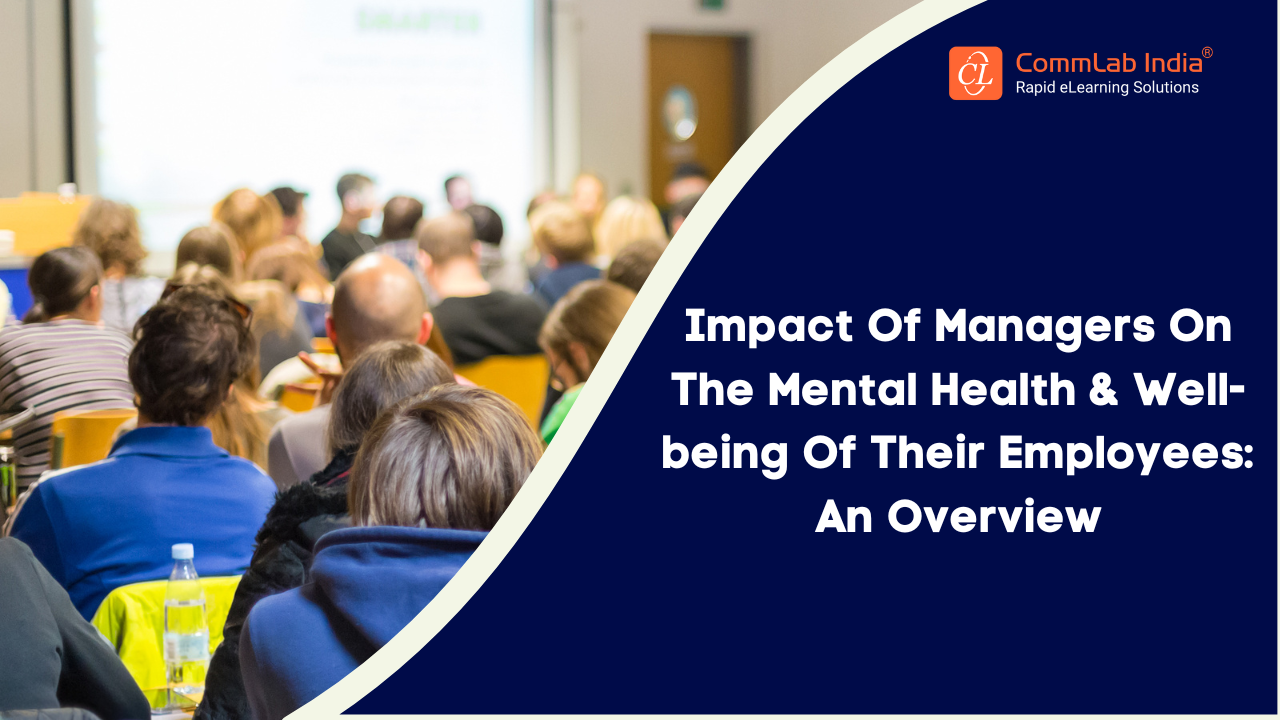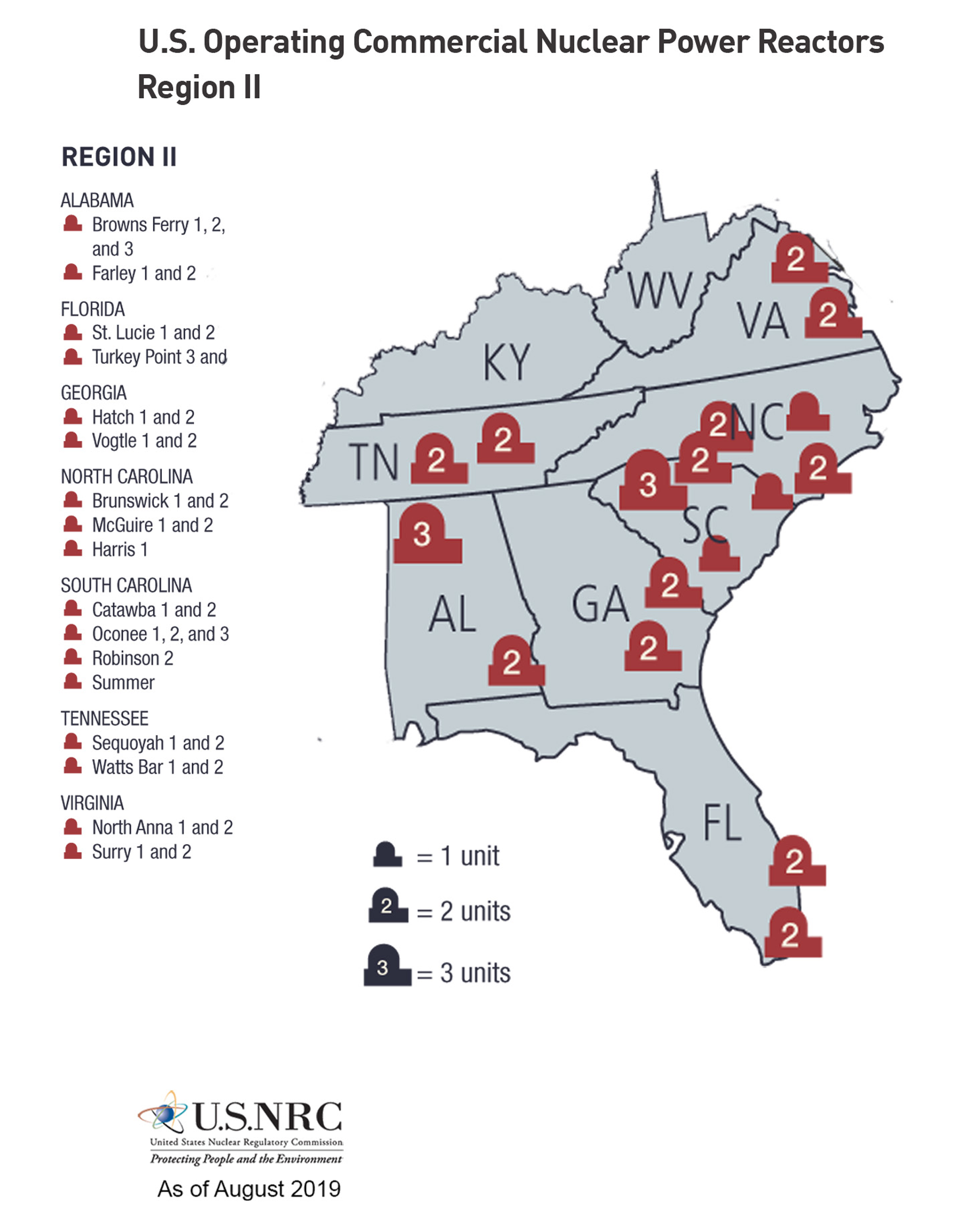The Impact Of Mental Health Policies On Employee Productivity And Well-being

Table of Contents
The Correlation Between Mental Health and Productivity
A healthy mind is crucial for a productive employee. The direct link between employee mental health and their ability to perform tasks efficiently is undeniable. When employees struggle with anxiety, depression, or other mental health challenges, their concentration, focus, and overall performance suffer. This impacts not only individual output but also the overall productivity of the team and the organization.
Reduced Absenteeism and Presenteeism
Effective mental health policies significantly reduce both absenteeism (sick days) and presenteeism (reduced performance while at work). By providing support and resources, organizations can help employees manage their mental health effectively, leading to fewer days off and improved work quality even when they are present.
- Policies that address absenteeism and presenteeism:
- Flexible work arrangements (remote work options, flexible hours)
- Mental health days (paid time off specifically for mental health)
- Access to Employee Assistance Programs (EAPs)
- Generous vacation time
According to a study by the American Psychiatric Association, the annual cost of absenteeism due to mental health issues is staggering. Similarly, presenteeism is often overlooked but equally costly, as employees struggling with their mental health may still come to work but perform at significantly reduced capacity.
Improved Employee Engagement and Morale
Supportive mental health initiatives are directly linked to higher employee morale and engagement. When employees feel valued, understood, and supported, they are more likely to be engaged in their work and contribute positively to the company culture.
- Examples of initiatives that boost engagement and morale:
- Comprehensive Employee Assistance Programs (EAPs) offering counseling, stress management resources, and more.
- Mental health awareness training for all employees and managers.
- Open communication about mental health from leadership.
- Opportunities for employee feedback and participation in workplace improvements.
Numerous studies demonstrate a strong correlation between employee engagement and productivity. Engaged employees are more likely to be productive, innovative, and committed to the success of the organization.
Enhanced Creativity and Innovation
A supportive and understanding work environment is a breeding ground for creativity and innovation. When employees feel safe and comfortable, they are more likely to take risks, think outside the box, and contribute fresh ideas. Conversely, stress and anxiety hinder creativity, leading to reduced innovation.
- How mental well-being supports creativity:
- Reduced stress and anxiety allows for clearer thinking and more focused brainstorming.
- A culture of psychological safety encourages employees to share ideas without fear of judgment.
- Access to mental health resources helps employees manage stress and maintain a healthy work-life balance.
Companies that prioritize mental health often report higher levels of creativity and innovation as a direct result.
Effective Components of Comprehensive Mental Health Policies
Creating a truly supportive workplace requires a multi-faceted approach. Here are key components of comprehensive mental health policies:
Employee Assistance Programs (EAPs)
EAPs provide confidential support and resources to employees struggling with various personal and work-related issues, including mental health challenges. They typically offer counseling, stress management workshops, and referrals to specialized mental health professionals.
- Key features of a successful EAP:
- Easy accessibility and user-friendly resources
- Strict confidentiality to protect employee privacy
- A broad range of services tailored to different needs
- Integration with other employee benefits and HR systems
Mental Health Benefits and Insurance Coverage
Comprehensive insurance coverage for mental healthcare is paramount. This includes coverage for therapy, medication, and hospitalization when necessary. High out-of-pocket costs can significantly limit access to care and hinder recovery, making robust insurance crucial.
- Crucial aspects of mental health insurance coverage:
- Coverage for various types of therapy (cognitive behavioral therapy, psychotherapy, etc.)
- Coverage for psychiatric medication
- Coverage for inpatient and outpatient treatment
- Reasonable co-pays and deductibles
Mental Health Awareness Training and Education
Educating employees and managers about mental health conditions and how to support colleagues is vital. Training programs should focus on destigmatizing mental illness, promoting understanding, and equipping employees with the skills to identify and respond to mental health concerns in the workplace.
- Examples of effective training programs:
- Workshops on mental health awareness and stigma reduction
- Training for managers on how to support employees struggling with mental health
- Resources and materials for employees to access support
Creating a psychologically safe workplace where employees feel comfortable discussing mental health is crucial.
Flexible Work Arrangements and Work-Life Balance
Flexible work options, such as remote work, flexible hours, and generous vacation time, can significantly reduce stress and improve work-life balance. This allows employees to better manage their mental health and maintain a healthy lifestyle, leading to enhanced productivity and job satisfaction.
- Positive impacts of flexible work arrangements:
- Reduced commute stress
- Improved ability to manage personal responsibilities
- Increased autonomy and control over work schedule
- Greater work-life integration leading to improved wellbeing
Studies consistently show that a positive work-life balance is essential for employee well-being and contributes significantly to improved productivity.
Measuring the Return on Investment (ROI) of Mental Health Policies
The positive impact of mental health policies can be measured in several ways, proving their substantial ROI:
- Key metrics to measure the ROI:
- Reduced absenteeism rates
- Improved employee satisfaction scores (through surveys and feedback)
- Increased productivity metrics (output, efficiency, project completion rates)
- Reduced healthcare utilization costs
- Improved employee retention rates
By quantifying these improvements, organizations can demonstrate the significant cost savings associated with reduced healthcare utilization, improved employee retention, and increased overall productivity.
Conclusion
Effective mental health policies are not merely a compassionate gesture; they are a strategic investment in a company's success. We've seen the strong correlation between supportive mental health policies and increased employee productivity and well-being. Successful policies encompass Employee Assistance Programs (EAPs), comprehensive mental health benefits, robust awareness training, and flexible work arrangements. Investing in these initiatives leads to a healthier, happier, and ultimately more productive workforce. Start building a supportive workplace culture that prioritizes mental health and reap the rewards of increased productivity and a thriving workforce. Prioritize your employees' mental health and watch your organization flourish.

Featured Posts
-
 Channel Swim Challenge Graeme Sounesss Commitment To Isla
May 02, 2025
Channel Swim Challenge Graeme Sounesss Commitment To Isla
May 02, 2025 -
 Enexis Laadtarieven Noord Nederland Slim Laden Buiten Piektijden
May 02, 2025
Enexis Laadtarieven Noord Nederland Slim Laden Buiten Piektijden
May 02, 2025 -
 Tulsa Nws Forecaster Reports Near Blizzard Conditions
May 02, 2025
Tulsa Nws Forecaster Reports Near Blizzard Conditions
May 02, 2025 -
 Lotto And Lotto Plus Results Saturday April 12 2025
May 02, 2025
Lotto And Lotto Plus Results Saturday April 12 2025
May 02, 2025 -
 Power Uprate For Nuclear Reactors Understanding The Nrc Requirements
May 02, 2025
Power Uprate For Nuclear Reactors Understanding The Nrc Requirements
May 02, 2025
